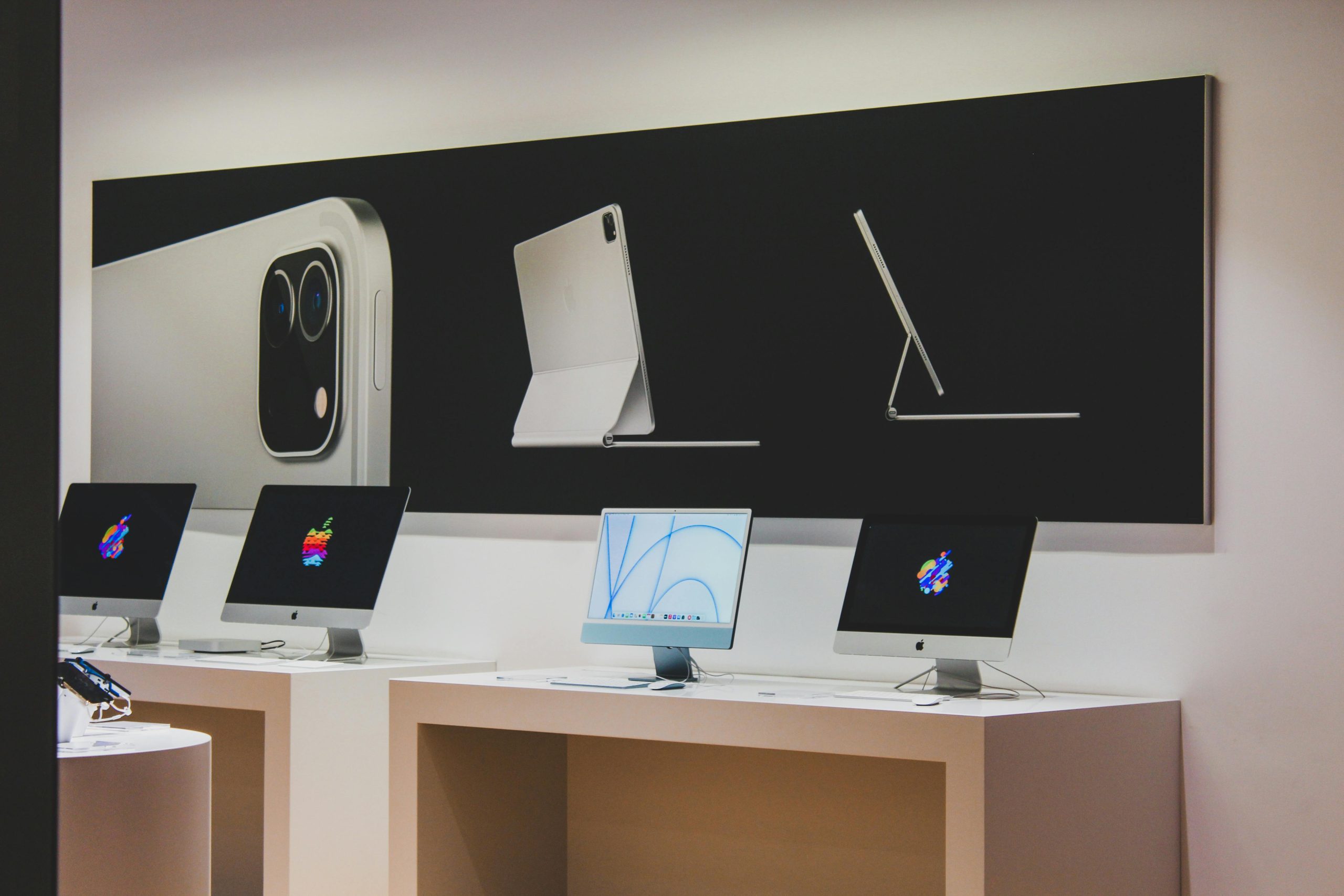The Future of Cybersecurity: Automation and Engineering at Google
In a recent examination of Google’s Security Operations (SecOps) practices, I was captivated by their innovative approach to cybersecurity. Their findings reveal the remarkable degree to which automation plays a role in risk detection and management.
A few highlights from their operations caught my attention:
-
Efficient Detection at Scale: Google’s detection team supervises the most extensive Linux fleet globally, achieving dwell times measured in hours, in stark contrast to the industry’s typical weeks. This efficiency underscores their commitment to rapid threat response.
-
Integrated Team Structure: Interestingly, detection engineers are not just responsible for writing alerts; they also take charge of triaging them. This seamless integration of roles eliminates unnecessary barriers within teams and fosters a more dynamic workflow.
-
AI-Driven Improvements: Leveraging Artificial Intelligence, Google has managed to decrease the time spent on executive summary composition by 53%, all while ensuring quality remains intact. This highlights the potential for AI to optimize operations significantly within cybersecurity.
What truly stands out is the shift in perspective regarding security roles. Google has begun to redefine cybersecurity from a reactive necessity into a proactive engineering discipline. By prioritizing automation and coding skills over traditional security backgrounds, they are challenging the established norms within the industry.
This leads to an intriguing question: will traditional security roles evolve into more technical engineering-focused positions in the future?
If you find these insights compelling, consider subscribing to my weekly newsletter, where I share valuable thoughts and findings for cybersecurity leaders: Subscribe Here.
Share this content:



